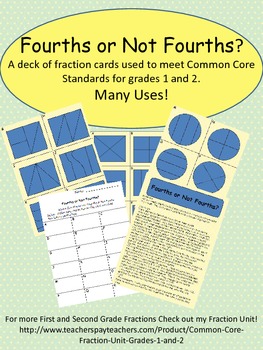Welcome to week 4 of our book study on Number Talks. This is a great book for K-5 classroom teachers, special educators and math specialists. It is also a great book for administrators and other educational professionals to read to learn more about what good math teaching looks like.
Join me each Sunday as we discuss the week's reading and make connections to our own teaching practice. Leave a comment on this blog post or head over to Facebook and leave your thoughts there. If you have your own blog and want to write a post about it on your own blog, just leave the link in the comments section.
 Posting Schedule
Posting SchedulePart 1: January 11th Chapters 1 & 2
Part 2: January 18th Chapter 3
Part 3: January 25th Chapter 4
Part 4: February 1st: Chapters 5 & 6
Part 5: February 8th: Chapters 7 & 8
Part 6: February 15th: Chapter 9
This week we dive right into the grades 3-5 section, looking at strategies and ideas for number talks around addition and subtraction. Next week we will be taking a look at the chapters around multiplication and division ideas for grades 3-5 then will be wrapping up this book study the following week. Four weeks down and only three to go! Hope you are keeping up!
Chapter 5: How Do I Develop Specific Addition and Subtraction Strategies in the 3-5 Classroom?
 If you think or have ever thought the traditional algorithm was the only or the best way to solve multi-digit addition and subtraction problems, than this chapter is going to open your eyes to an entire new possibility. Instead of teaching kids how to do arithmetic problems, this chapter focuses on how to elicit invented strategies from students. You will be amazed at what students will come up with given the right environment. These are efficient and elegant strategies based on place value and the properties of addition and subtraction. The best part is the teacher's role is to facilitate thinking, not to tell kids how to do it!
If you think or have ever thought the traditional algorithm was the only or the best way to solve multi-digit addition and subtraction problems, than this chapter is going to open your eyes to an entire new possibility. Instead of teaching kids how to do arithmetic problems, this chapter focuses on how to elicit invented strategies from students. You will be amazed at what students will come up with given the right environment. These are efficient and elegant strategies based on place value and the properties of addition and subtraction. The best part is the teacher's role is to facilitate thinking, not to tell kids how to do it! I can't say enough about the power of students learning math this way. My school has gone from teaching kids how to do an algorithm and making them practice it a million times to a number talks model where kids are constructing their own knowledge and building on the ideas of their classmates. Now we have kids who truly understand math and operations as opposed to kids who have memorized a procedure. The biggest change of all has come from teachers of older students who never have to say, "this kid forgot how to subtract!" What they used to mean when they said that is that the kid forgot the steps to the procedure and didn't have any other method to fall back on. Now we know kids really do know how to subtract and if they haven't done a subtraction problem in a few weeks or months, the knowledge they have about subtraction is so interconnected with other things they know and have constructed for themselves, that this knowledge does not fade.
Chapter 6: How Do I Design Purposeful Addition and Subtraction Number Talks in the 3-5 Classroom?
 This chapter made me really wish I had read this book before starting Number Talks in my classroom. There are so many ideas for problem strings to do with students to get at the strategies you want them to have. I learned a lot of what this chapter presents through trial and error. Here are a few things that struck me from this chapter:
This chapter made me really wish I had read this book before starting Number Talks in my classroom. There are so many ideas for problem strings to do with students to get at the strategies you want them to have. I learned a lot of what this chapter presents through trial and error. Here are a few things that struck me from this chapter:- The subtle difference in how kids make friendly numbers is the essence of the different strategies.
- Start with small numbers!
- We want students to have a toolbox of strategies based on reasoning.
- Giving kids problem strings allows them to apply strategies they just heard used to the next problem.
- The idea of compensation is HUGE!
- In subtraction, the distance the numbers are from each other will effect what strategies are efficient.
- Remember the benefits of putting problems in context.
- Embrace the power of negative numbers.
What are your thoughts on this week's reading? I look forward to reading your comments!















.JPG)
.JPG)
.JPG)
.JPG)

.JPG)
.JPG)
.JPG)






















